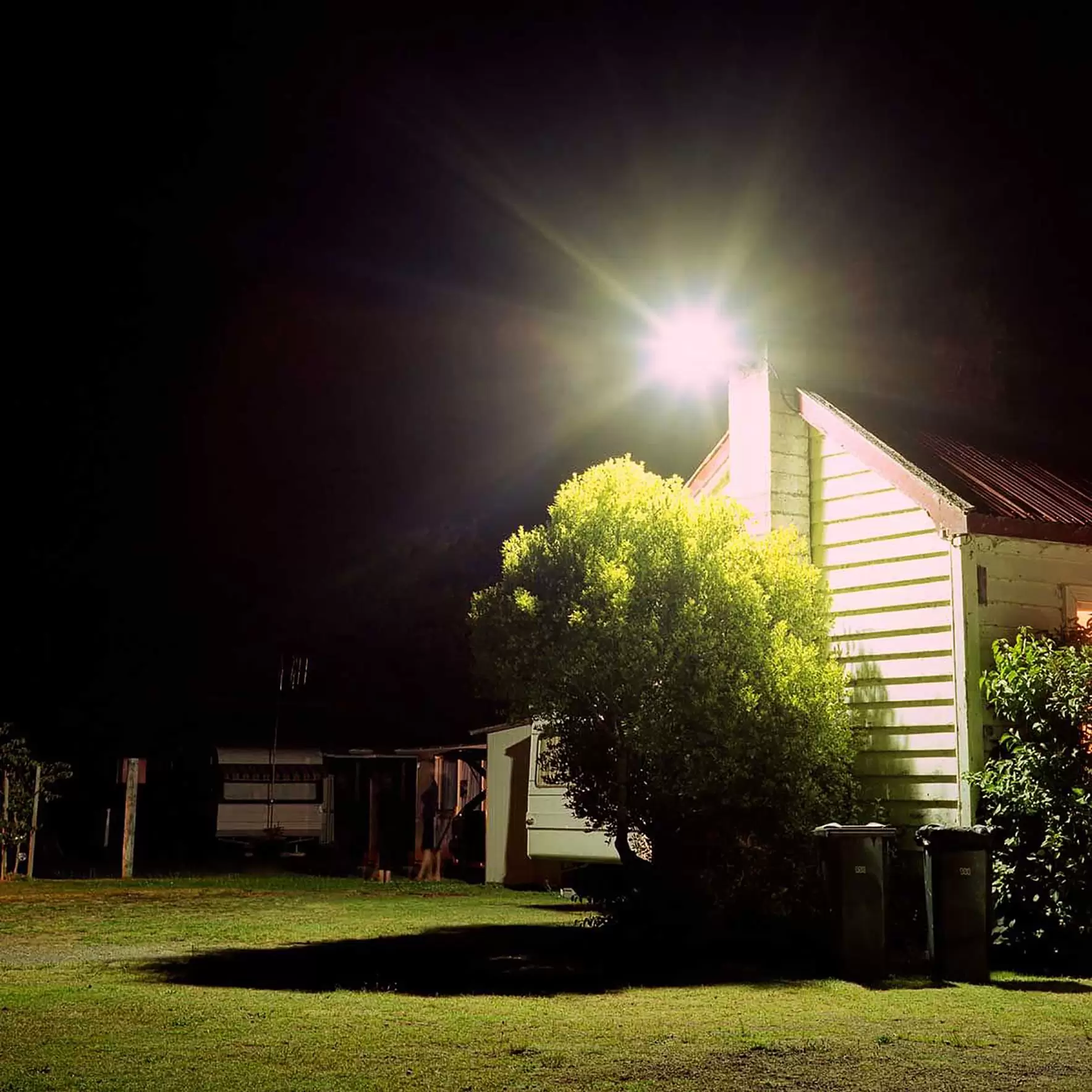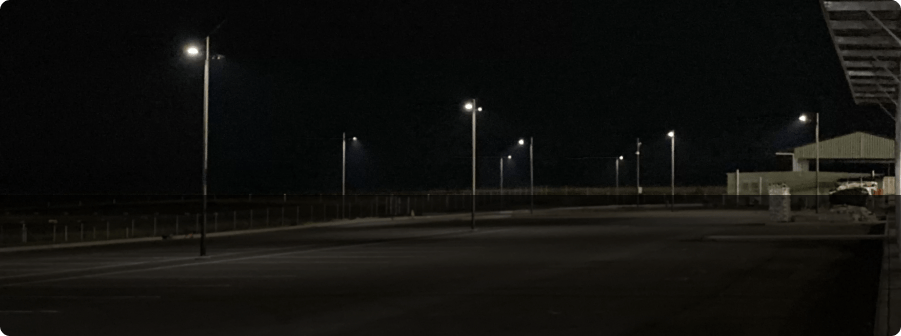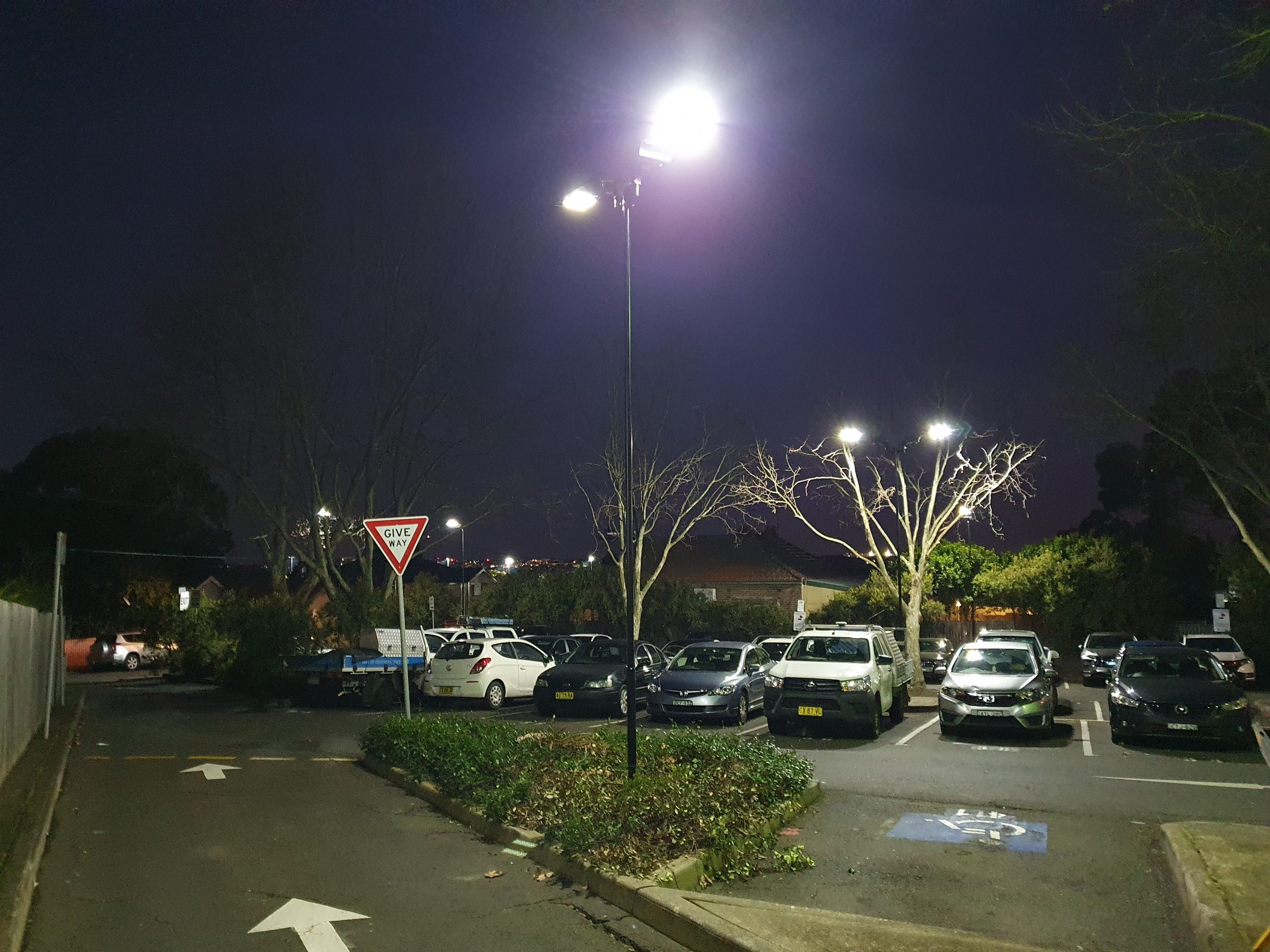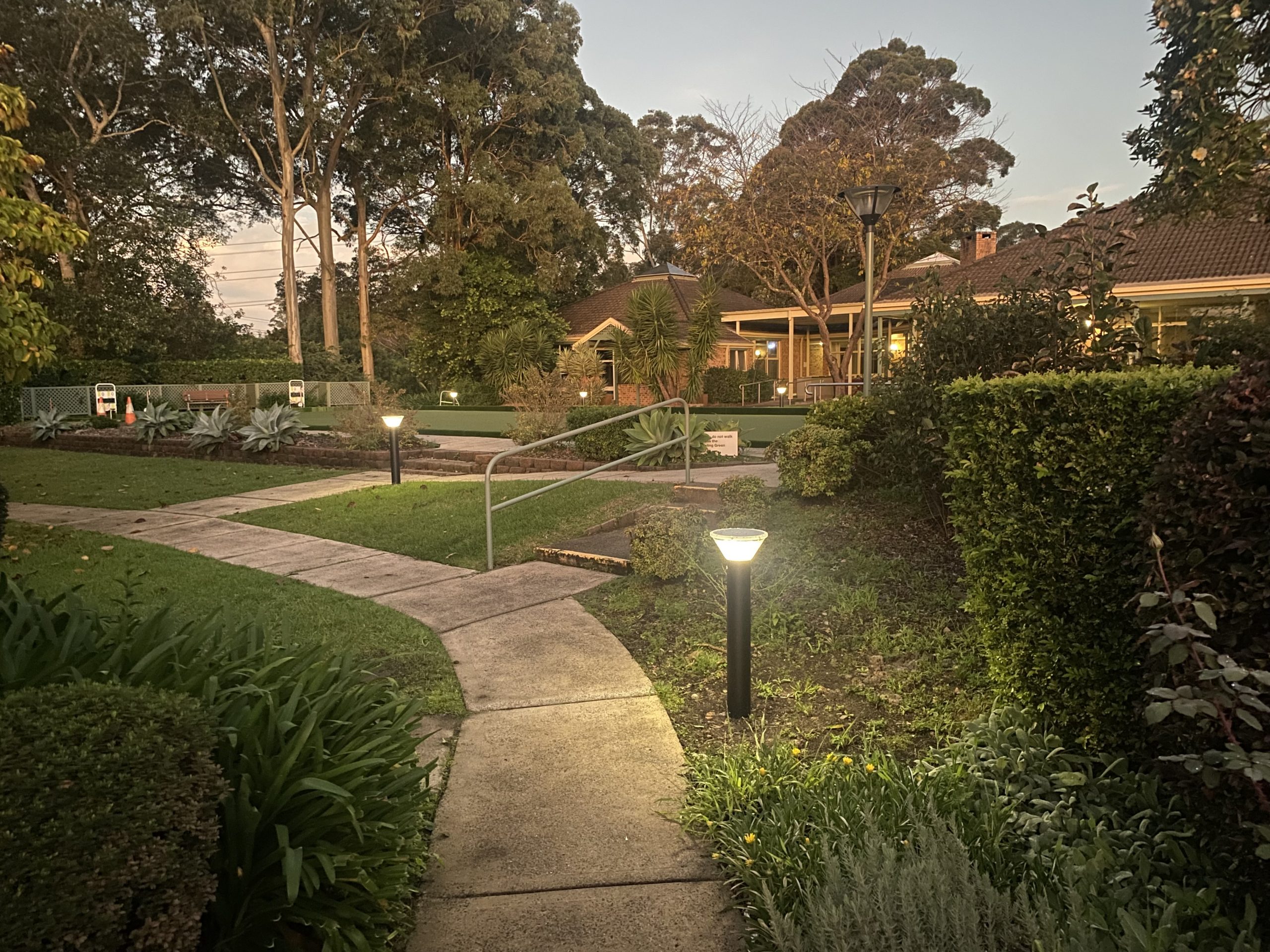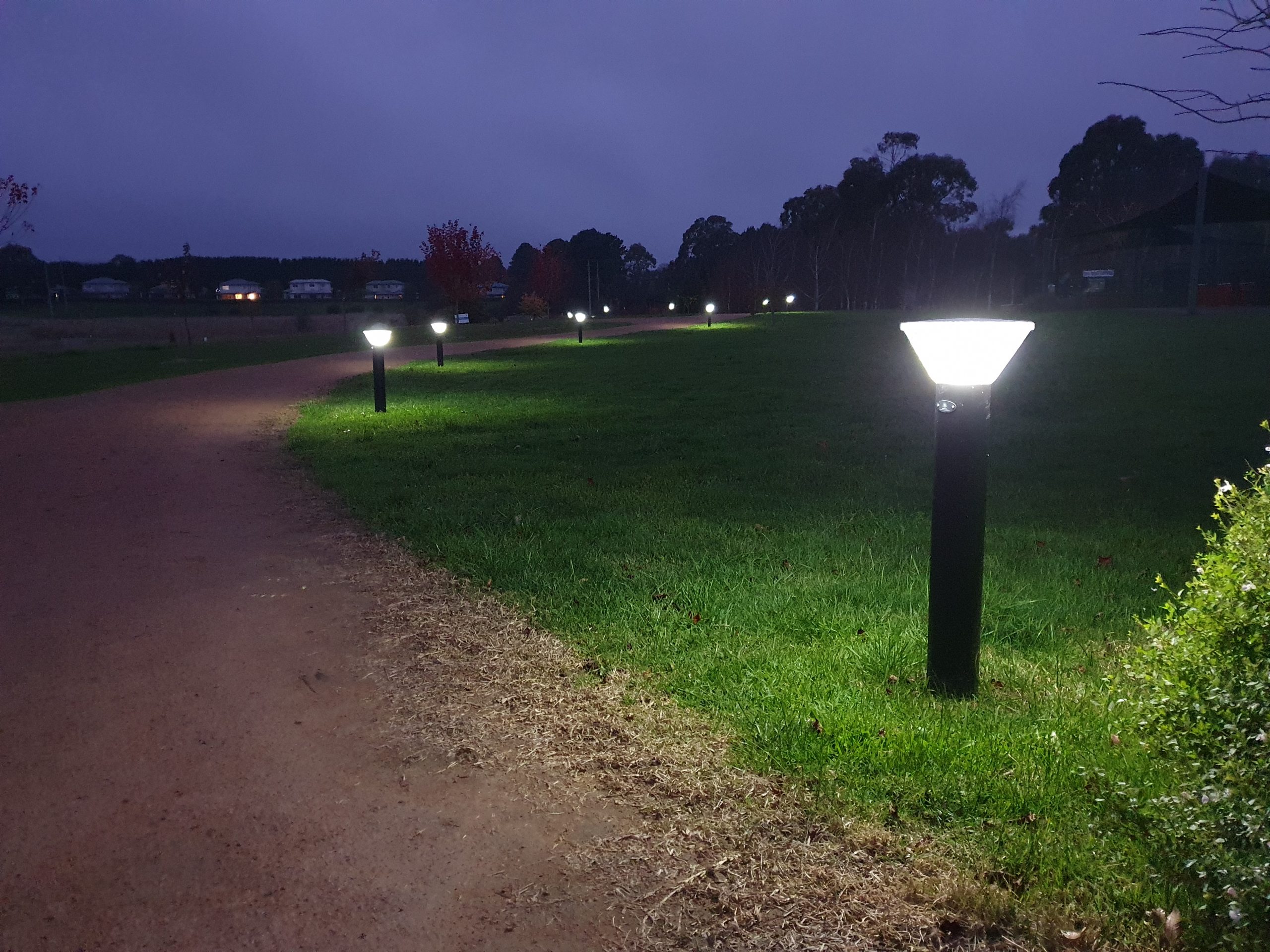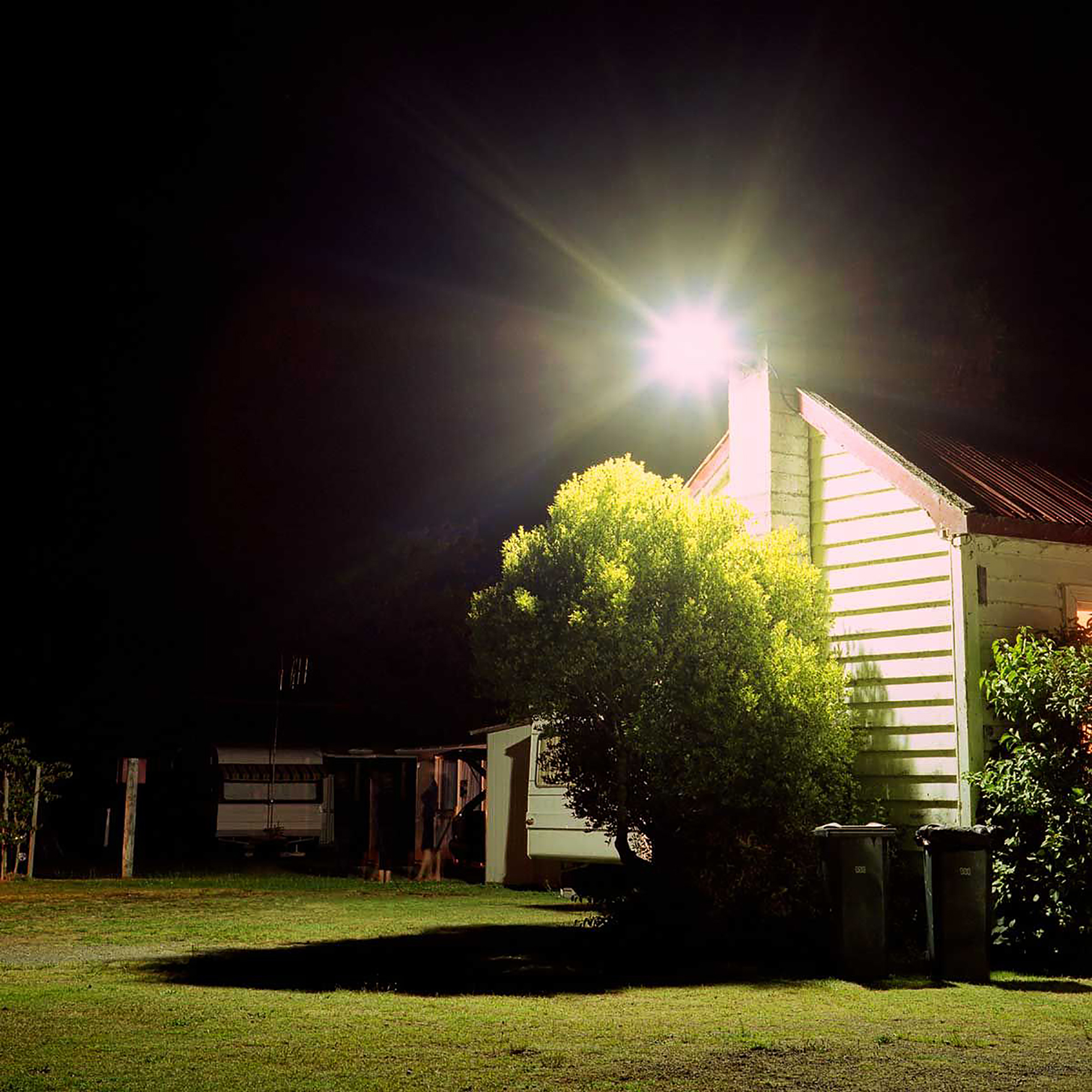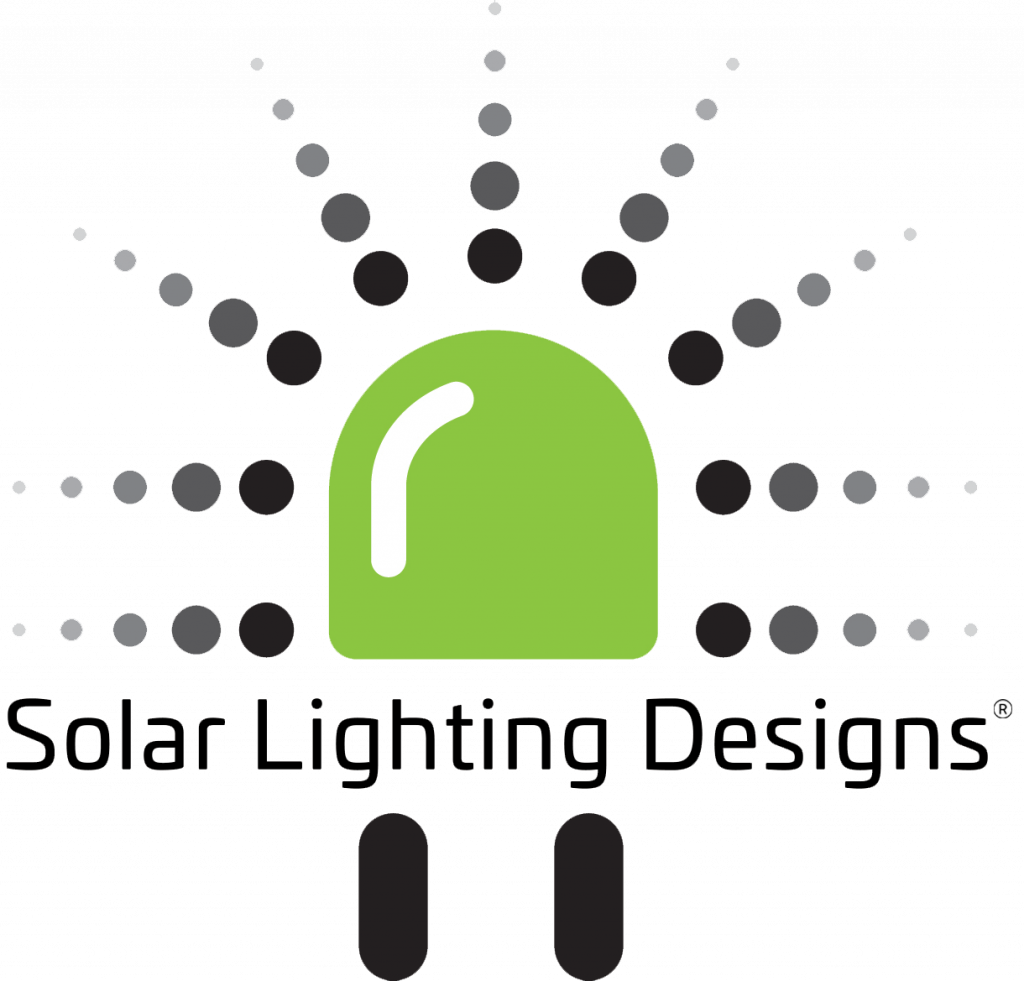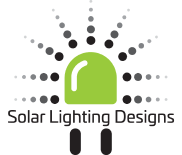How Do Solar Flood Lights Work?
What Is A Solar Flood Light? A solar flood light is an illumination system designed to provide high-intensity, broad-beamed light that’s typically used to light up large areas like stadium fields, concert venues, and parking lots. Unlike traditional electrical floodlights, solar flood lights harness the power of the sun to charge their internal batteries during the day. At night, the stored energy is converted into electrical power to light the LED bulbs, offering a sustainable, energy-efficient lighting solution that can significantly reduce electricity consumption and contribute to environmental conservation. It’s quite simple in its design, let’s go over the components. Components of Solar Flood Lights: The Solar Panel The solar panel is the critical component of a solar flood light, responsible for capturing solar energy. It typically consists of photovoltaic (PV) cells that convert sunlight into direct current (DC) electricity. During daylight, these cells collect solar energy and through a charge controller, they charge the built-in battery. Rechargeable Batteries Usually made up of lithium-ion or lead-acid cells, these batteries are designed to hold a charge throughout the day and power the LED bulbs throughout the night. LED Lights LED lights are at the heart of the solar flood light’s ability to illuminate an area. These diodes are favoured for their long life span, energy efficiency, and bright light output. How A Solar Flood Light Works: A solar flood light works by absorbing energy from sunlight throughout the day. This energy is then converted into electrical power through the photovoltaic process, where the PV cells generate direct current (DC) electricity. Conversion to Electrical Energy: The DC electricity produced by the solar panels cannot be used directly by the LED lights. Consequently, a charge controller within the system regulates the voltage and current coming from the panels, ensuring the batteries are charged optimally. Once stored in rechargeable batteries, this energy can be used as needed to power the LED bulbs when it gets dark. The Role of Photocells: Photocells act as sensors that automatically turn the solar flood lights on or off depending on the light levels in the environment. As ambient light diminishes at sunset, the photocells activate the lights. Conversely, as the sun rises and light levels increase, the photocells turn the flood lights off, allowing the batteries to recharge during daylight hours. This automated on/off functionality provides convenience and efficiency, further enhancing the solar flood light’s energy-saving attributes. Advantages Of Using Solar Flood Lights Solar flood lights offer numerous advantages, making them a superior choice for outdoor lighting solutions. Let’s delve into some of the key benefits of their implementation. Eco-Friendly and Cost-Effective Solar flood lights are an exemplary choice for environmentally conscious consumers, as they rely on renewable solar energy, reducing carbon footprint and conserving natural resources. By harnessing the power of the sun, these lights eliminate the need for electricity from conventional, carbon-intensive power sources. Versatility and Ease of Installation One of the many benefits of solar flood lights is their versatility. They can be installed in a myriad of locations without the need for access to a traditional power grid, making them ideal for remote or off-grid areas. The installation process is straightforward and does not necessitate complex wiring or professional help. This flexibility allows for a wide range of applications, from enhancing home security to providing necessary lighting for public spaces. Low Maintenance and Durability Solar flood lights are engineered to withstand various weather conditions, making them a robust and reliable lighting option. Their durability is further underscored by the LED technology they employ, which is known for long-lasting performance with minimal maintenance required. The solar panels are also designed with longevity in mind, often lasting for decades before needing replacement. For the consumer, this translates to a low-maintenance solution that provides consistent, dependable illumination over the years. Common Applications Of Solar Flood Lights Solar flood lights serve various functions across different settings. Here are some of their common applications: Residential Security Lighting Homeowners opt for solar flood lights as a security measure to deter trespassers and illuminate dark areas around their property. They offer a sense of safety and can be equipped with motion sensors to provide lighting only when needed, conserving energy and extending the light’s lifespan. Commercial Use in Outdoor Spaces Businesses utilise solar flood lights in parking lots, walkways, and signage to ensure visibility and security after dark. They are a cost-effective and eco-friendly solution that can operate independently of the power grid, reducing operational costs and showcasing a company’s dedication to sustainability. Emergency Lighting Situations In emergencies where power outages are common, solar flood lights can be an essential tool. They provide reliable lighting that does not rely on electricity, making them indispensable in disaster-prone areas for both rescue operations and as a temporary solution until power is restored. Final Thoughts Solar flood lights are an innovative and environmentally friendly lighting solution that harnesses the power of the sun to provide reliable, cost-effective illumination. With the growing emphasis on energy conservation and sustainability, they stand out as a smart choice for individuals and businesses alike. Whether being used for residential security, commercial lighting, or emergencies, solar flood lights are poised to become a staple in our journey towards a more eco-conscious world.
